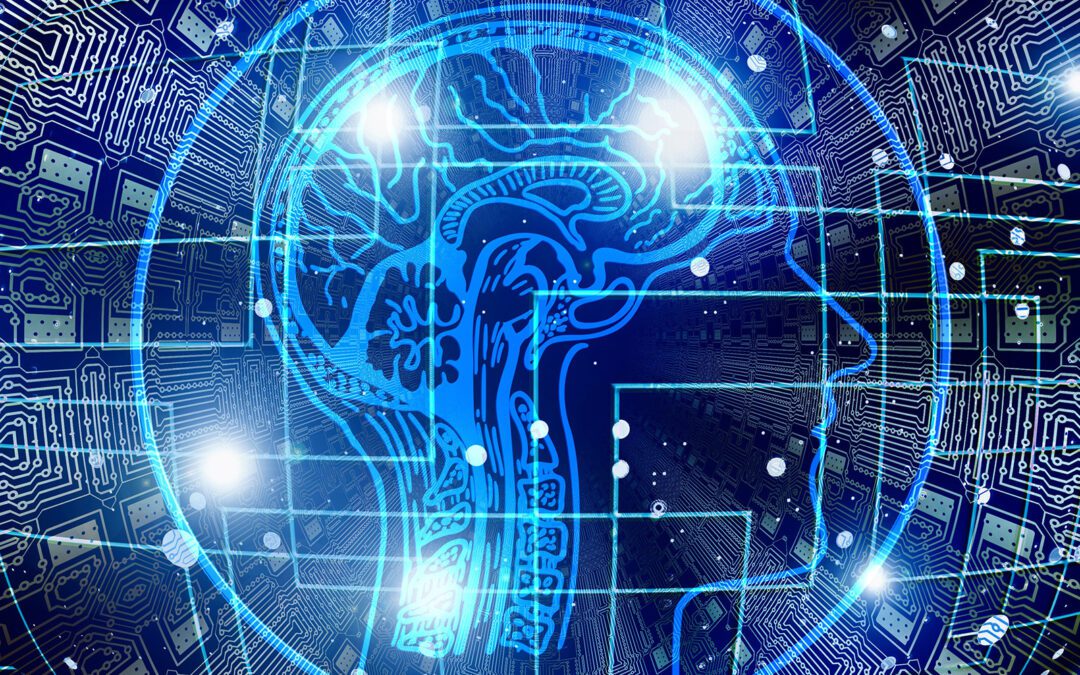These days, it seems like everyone is talking about Artificial Intelligence (AI), Chatbots, ChatGPT, what it all means, what it can do, and what it can’t do. Like anything tech, the field is rife with acronyms and buzzwords that may not be immediately easy to decode.
We’ve prepared this short cheat-sheet to help you navigate the constantly changing and updating world of Artificial Intelligence. (In alphabetical order.)
1. Algorithms
In computing and mathematics an algorithm is a sequence of specific instructions intended to yield a specific outcome. A simple real life example might be a recipe. You need to follow a specific set of instructions to obtain a desired result. The result should be repeatable if you follow the same instructional path.
2. Bard
The name for Google’s generative AI chat tool.
3. Chatbots
People are probably most familiar with chatbots from those pop-up boxes on websites that offer customer service or shopping advice. You enter questions in the dialog box and the Chatbot replies as best as its able to answer your request although typically in a noticeably robotic fashion. More generative versions of traditional Chatbots such as ChatGBT and Bard have emerged providing ever-more human-like levels of interaction.

4. ChatGBT
ChatGBT is the breakthrough generative AI dialog tool launched by OpenAI in late 2022.

5. Emergent Behaviors
As artificial intelligence learning grows to a certain level the AI can often begin to display behaviors and abilities seemingly out of nowhere. These unintended and unexpected growth steps can take many forms, but some examples might be telling unusual stories, deriving conclusions from minimal clues, creating poetry, and so on.
6. Generative AI
This refers to the creation by Artificial Intelligence of new products from simple questions, commands, or prompts. These products can include verbal chats, pictures, renderings of photos, poetry, song lyrics, etc. An example would be instructing an AI to create an image of a bunch of accountants running down the street being chased by a rhino.
While generative AI can certainly be entertaining it has also been a source of concern. It has the potential for creating false and misleading news images and has also led to some copyright infringement lawsuits.
7. Hallucination
Simply put, a hallucination is when an AI tool literally makes an answer up that has little or no accuracy, but it sounds like it does. It happens when the AI does not have the correct answer within its grasp, but knows what the answer should sound like if it were factual. The propensity for AIs to literally make up an answer that isn’t true, but presenting it as fact is one of AIs biggest current concerns. At the most this “lying” could lead to a dangerous level of misinformation and costly mistakes. At the least it damages the credibility of what AIs are saying and causes the user to double check results.
8. Large Language Models (LLM)
LLMs are huge neural networks that are trained using massive amounts of text and data. This input can include Wikipedia pages, internet articles, e-books, news articles, and more. All this knowledge becomes the core of natural language processing capabilities that yield more “human feeling” interaction, discussion, and text generation.
9. Machine Learning (ML)
This is the process of gradually improving the algorithms followed by an Artificial Intelligence by exposing them to increasing amounts of data. By continually being exposed to a certain input and its output, the computer eventually learns without having to be trained specifically on a particular task.
10. Neural Networks
This is a type of artificial intelligence whereby a computer is programmed to learn through trial and error, or in other words, learn more like a human brain does. The process can take millions of tries to achieve proficiency, but every attempt and every failure brings the AI closer to proficiency.
11. Sentient AI
This refers to the level of “consciousness” AI could potentially attain whereby the AI is able to perceive and reflect on the world around it. AI currently displays some very human-like abilities, but it doesn’t intelligently perceive or understand what it’s doing or saying. It’s human-like qualities are just the result of the patterns it finds in all the information it absorbs and the mathematical formulas that tell it how to respond to whatever prompts occur.
For more information oh how your company can take advantage of artificial intelligence tools, contact wedoit.co

